Highmoor Farm: a story of resilience and the power of community
The residents of the Southern English village of Talbot are fighting to preserve the last piece of pastoral England they have left. This photo essay tells the stories of the people defending this beloved remnant of their community's heritage.
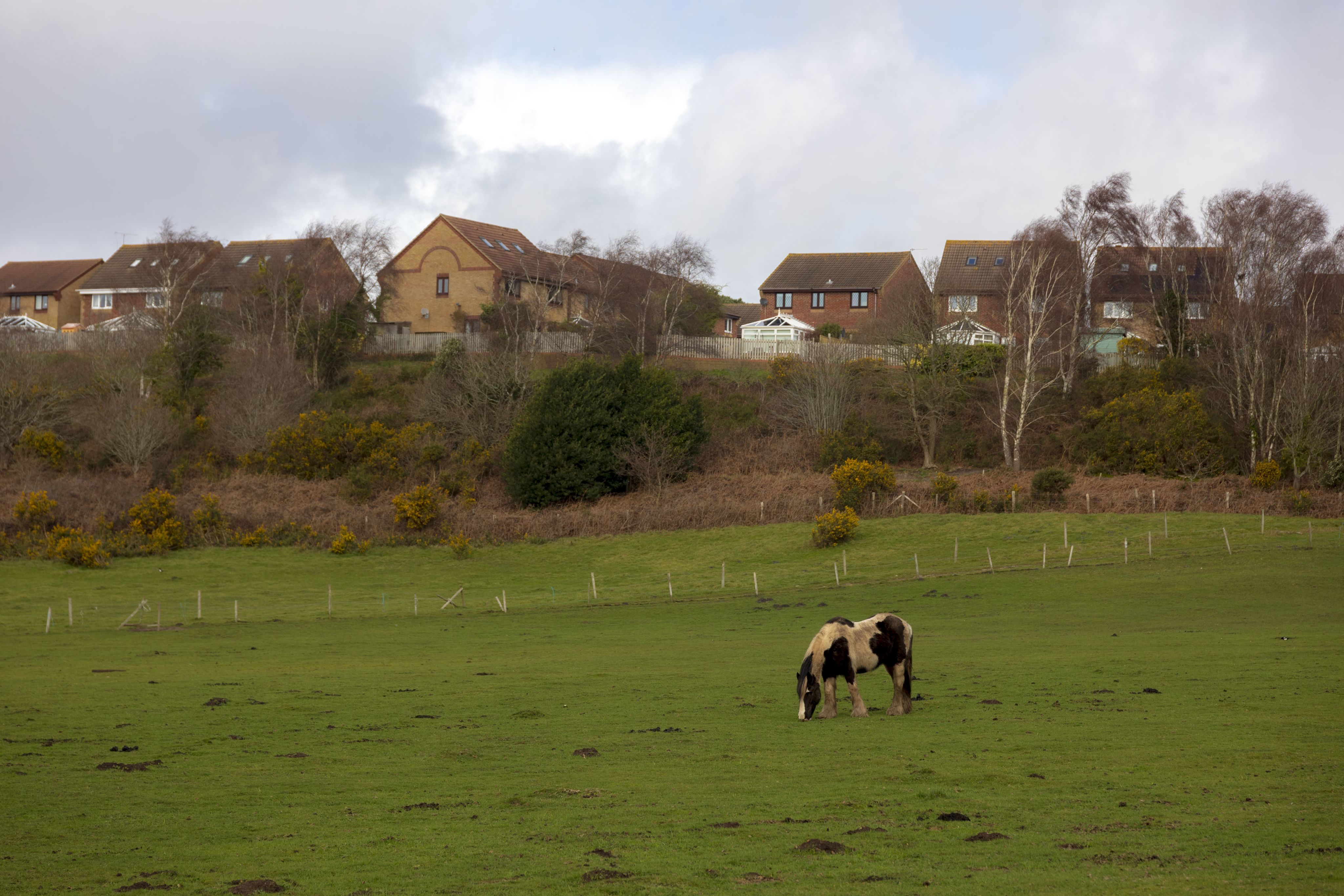
“It’s different seeing the cattle here and watching a baby cow being born up close rather than at a zoo,” said Anya Haywood, 10, as she stood on the grounds of the last remaining urban working farm in Poole.
Highland cows graze lazily in the grassy fields that stretch across Highmoor Farms, a hidden oasis of calm amongst the urban bustle of Poole. Residents living nearby have long held onto the farm and the adjoining Talbot Heath as a remnant of a long-forgotten English pastoral history.
However its custodians, Talbot Village Trust, aims to develop over the land along with private healthcare providers Nuffield Health. They’ve submitted a controversial planning application in late 2022, proposing to develop a new private hospital along with 13,394 square metres of employment and university-related facilities over the farmland.
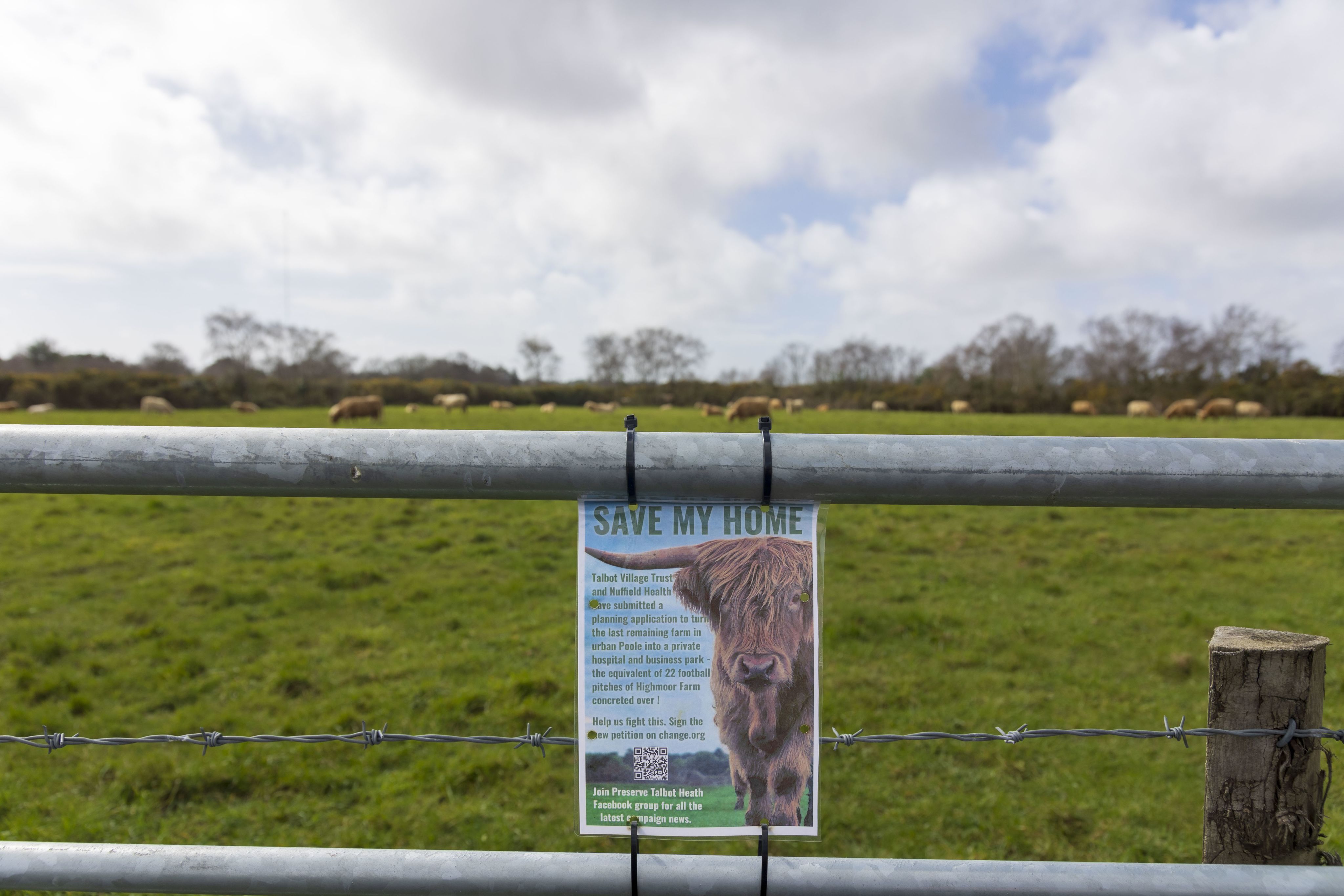
Highmoor Farm, Poole
Highmoor Farm, Poole
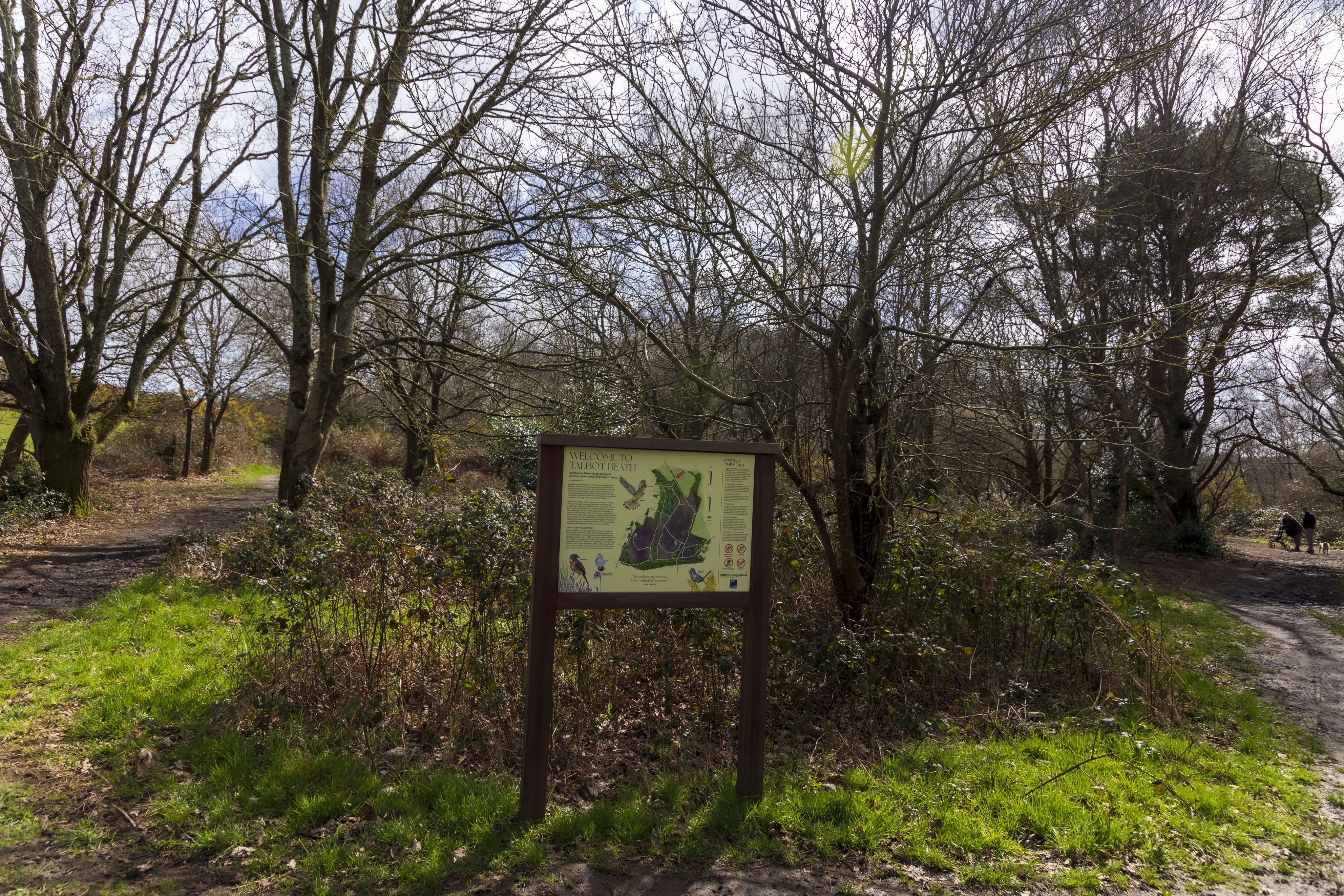
Talbot Heath Nature Reserve
Talbot Heath Nature Reserve
Protecting Highmoor Farm and Talbot Heath is now high on the residents’ agenda as for them, this is an old fight. The Talbot Village Trust had previously submitted a planning application in 2012 to construct residences on the farmland, which was later denied clearance in response to the residents' protests against the proposal.

Highland cows at Highmoor Farm
Highland cows at Highmoor Farm

Nightjar hills, A viewpoint at Talbot Heath
Nightjar hills, A viewpoint at Talbot Heath
Despite their previous success, the fight for the farm would prove to be an uphill climb, testing their resolve and commitment to preserving this beloved community treasure against the burgeoning tides of urbanisation.
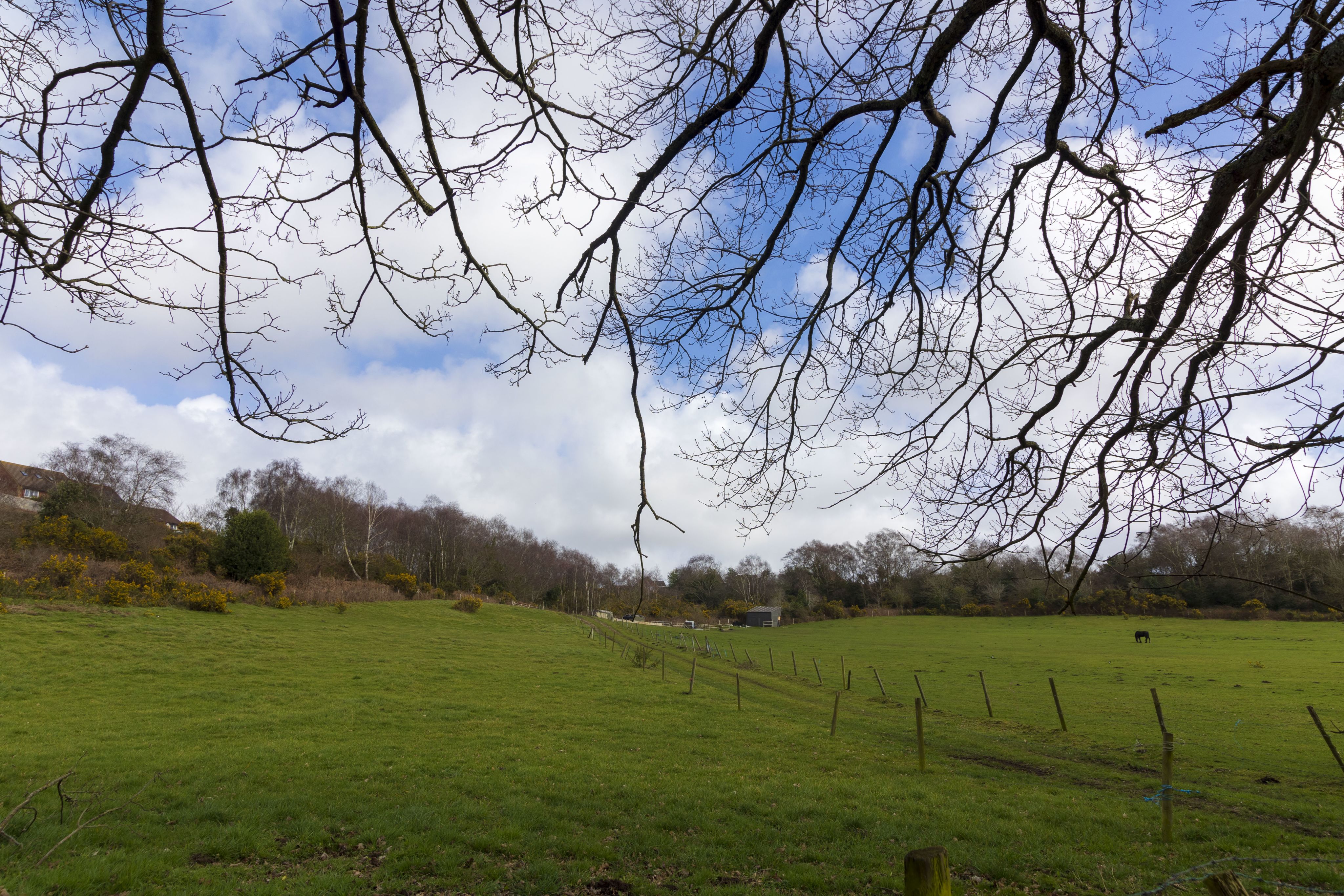
Behind the fight for preservation battled out in council halls with combative legal arguments, there are real people who have consistently bore down on their belief and hope in a greener future.
These are their stories.

KIRSTEN HAYWOOD AND ANYA

Anya Haywood lives with her mother Kirsten in a two-bedroom flat that offers the pastoral views of Highmoor Farms’ lowers fields. She considers the farm and the Heath as her own backyard, another room of the place she has called home since she was one. Her mother has been taking her to the Heath ever since she was a little baby, carrying her on a sling. Anya learned to cycle on its paths, build dens with her friends and find out more about the native species of plants, animals and birds all in the vibrant and lush greenery around her.
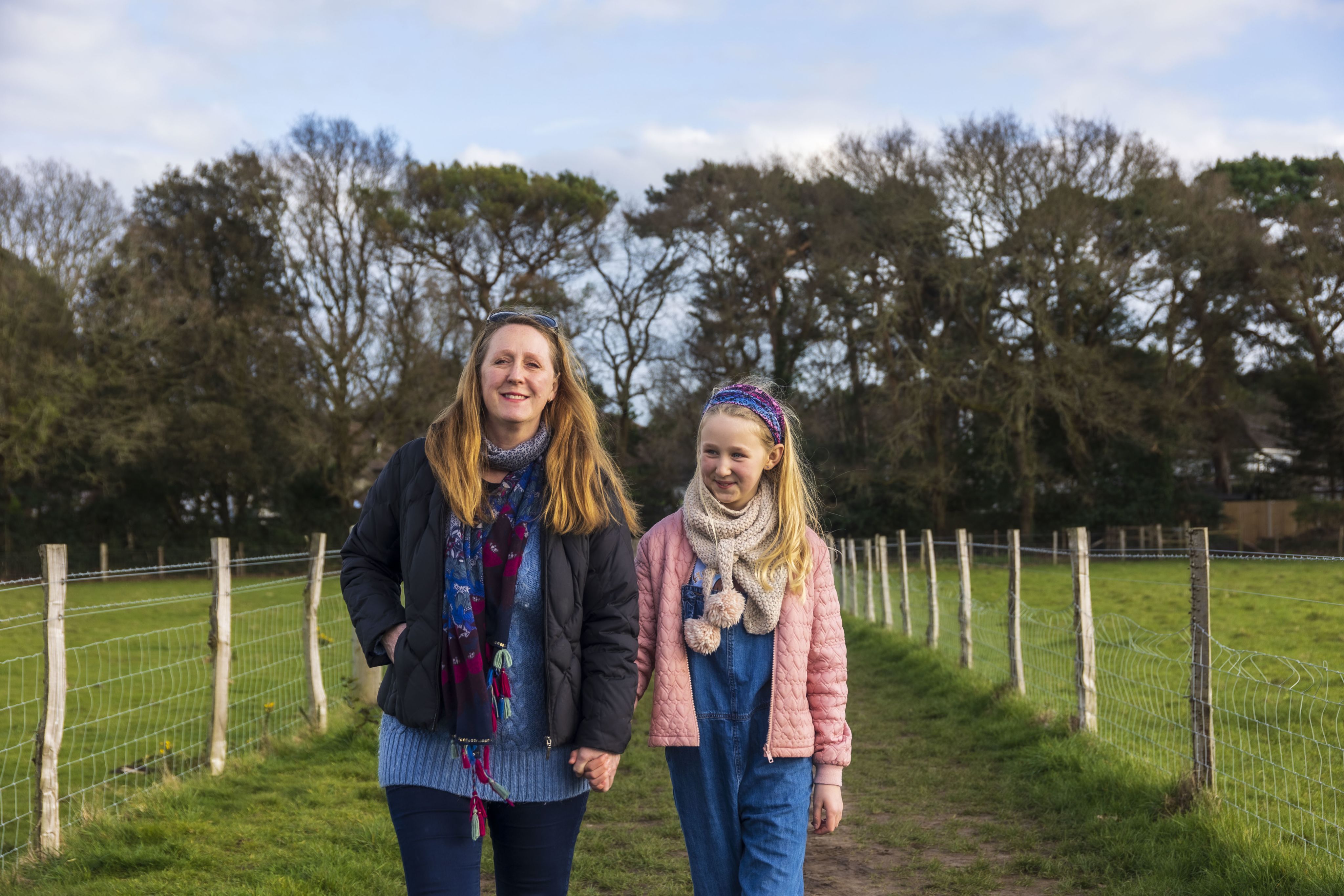
The 10-year-old uses all of the knowledge she has gained to serve as the Eco-councillor of her class and has been recognised by her local community as a child who is completely in-tune with the nature around her.
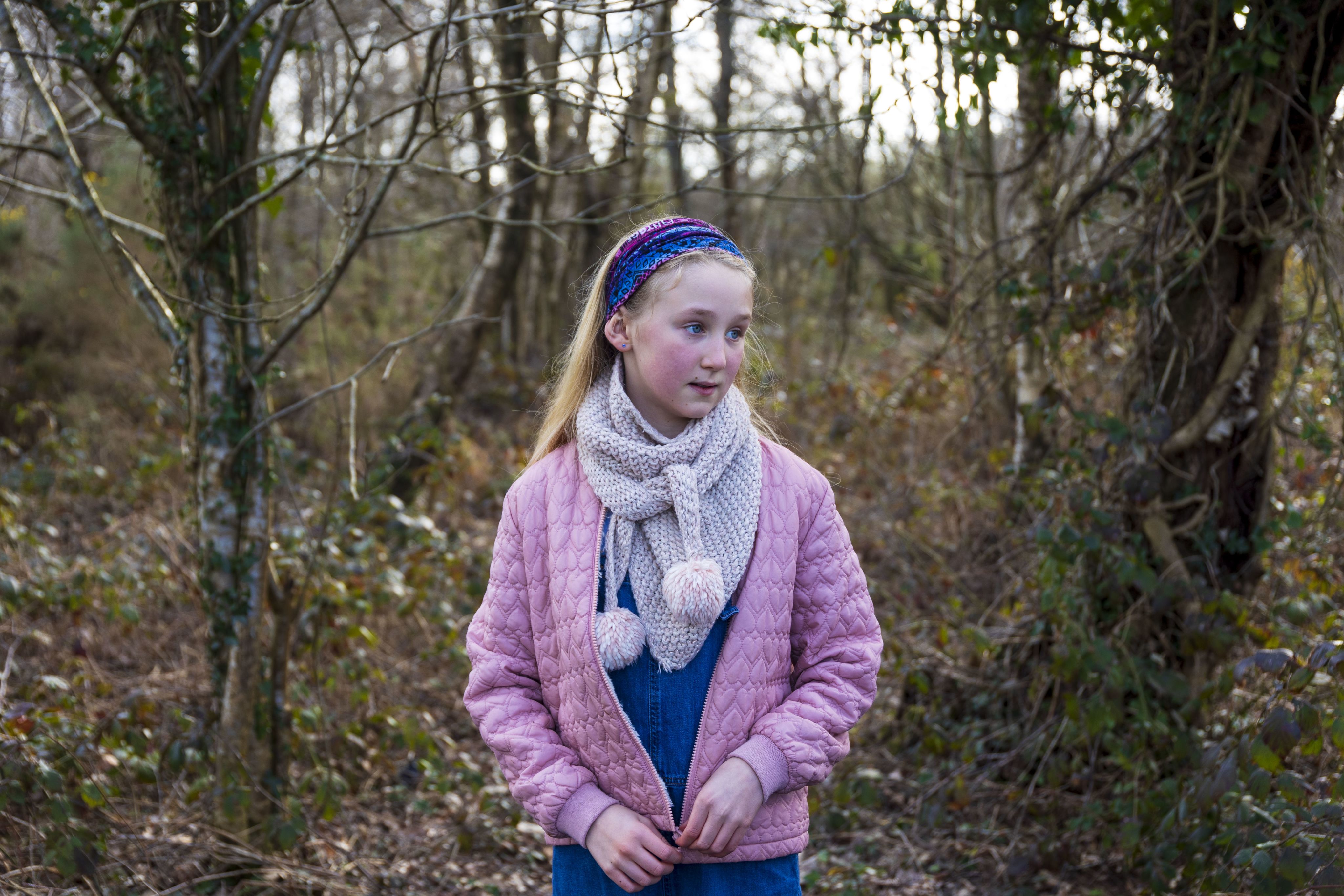
Her mother Kirsten, who grew up in the Scottish countryside, moved them to a place so close to the Heath to try and give her as much access to nature that she had as a child. She wants to pass on the knowledge that she gained from her mother.
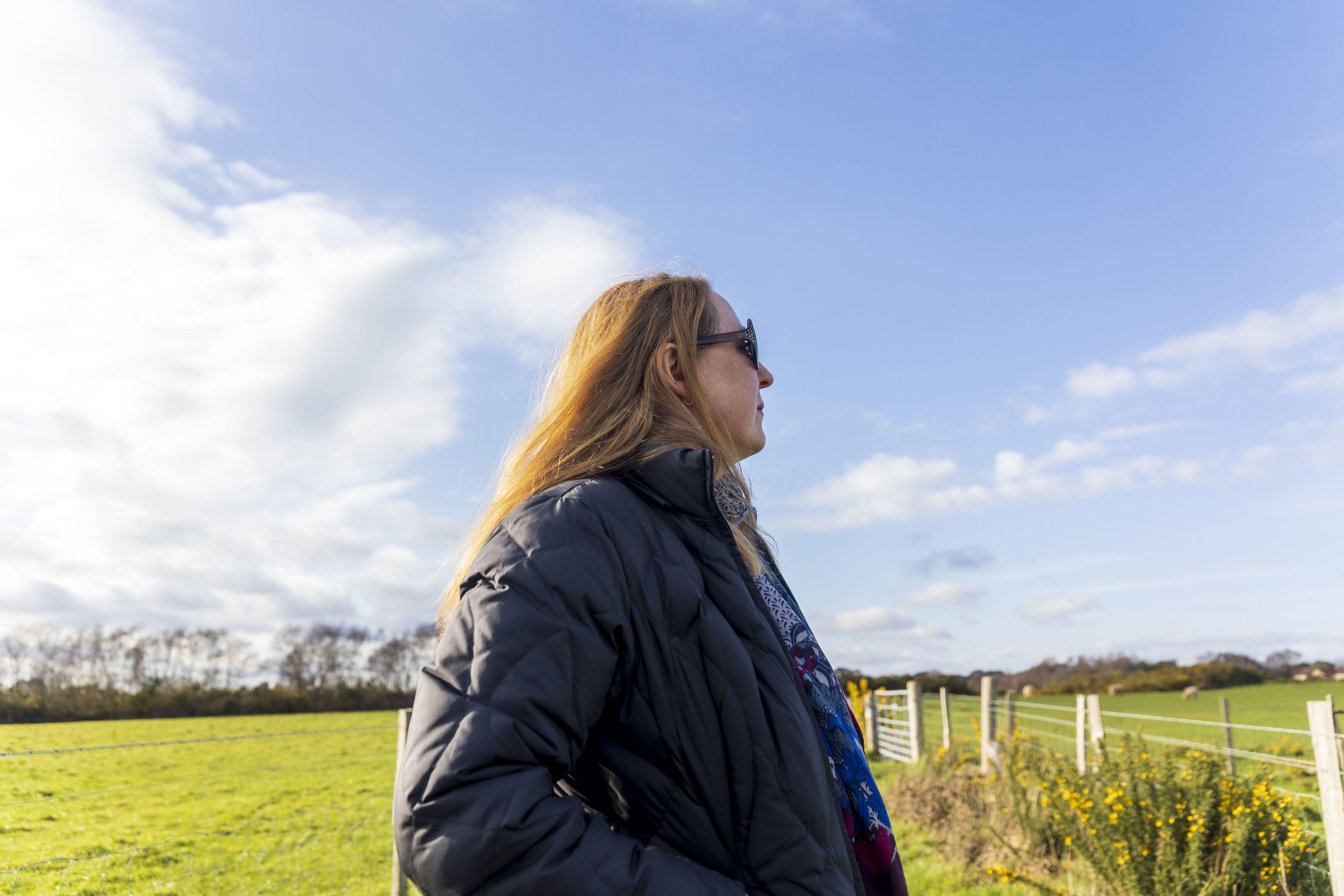
“We come here all the time, almost every day in the summer. Watching the changing seasons is amazing, we get excited in autumn for the blackberries and we get excited about the mushroom season. Our favourite thing is to walk up on the hill and sit on one of the benches, or to come up here and see the highland cattle.”
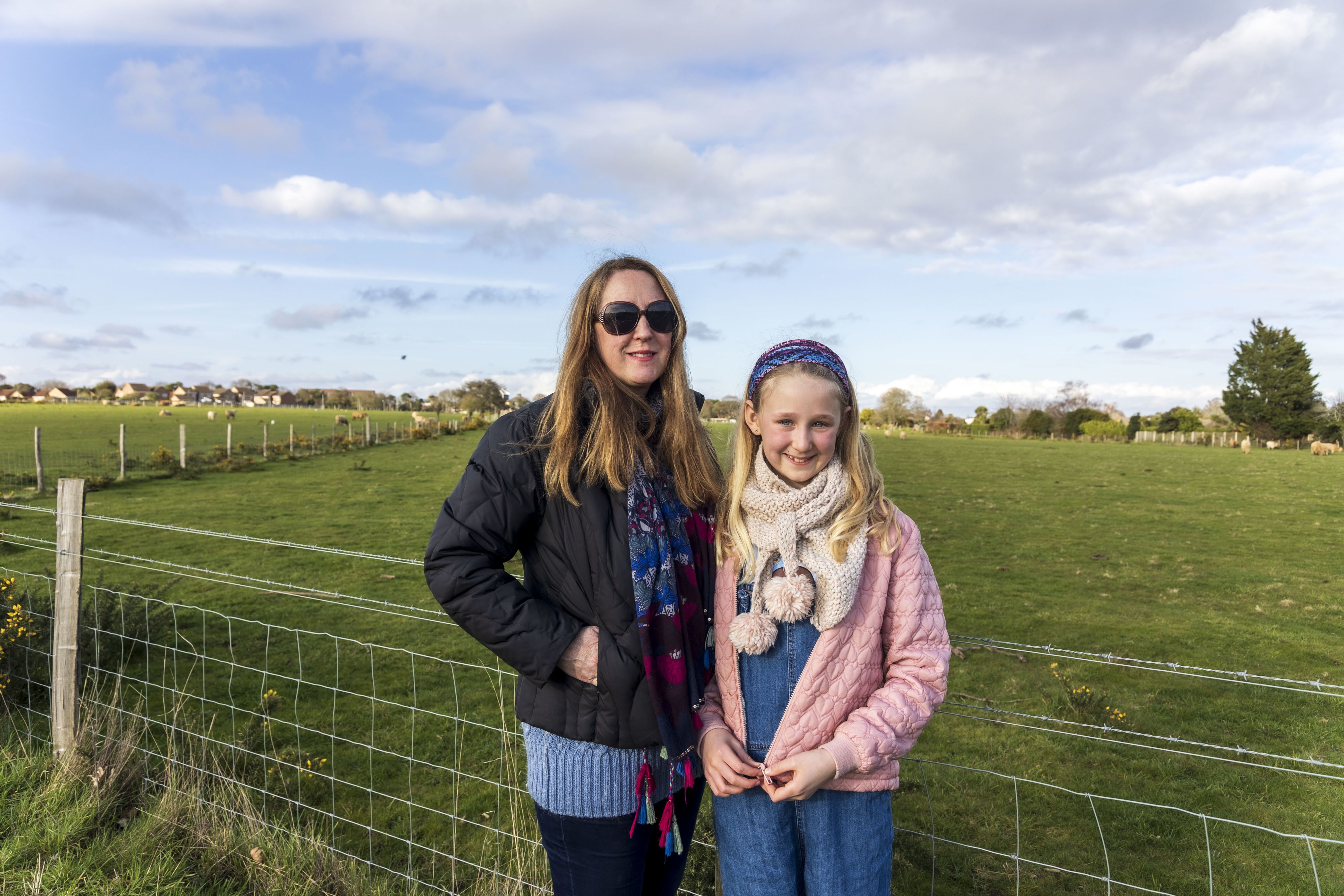

She has taught her daughter to identify the birds by their calls, which mushrooms she can pick at the ones she should stay away from, and has instilled in her an innate respect for the land she lives on.
Highmoor Farm is the last remaining of six farms set up by the Talbot sisters in the nineteenth century to feed the people of Poole, and it remains an integral part of the community. Talbot Heath, which is a Special Protection Area for its bird populations, is located right next to the site. The heath's reptile populations and heathland habitats have earned it the designation of Special Area of Conservation. These designations are the highest level of legal wildlife protection available in Britain and reflect the site's importance for wildlife on a global scale.
Anya wants to become an environmental scientist when she grows up.
“I think she's the person that she is today because of the farm and the heath, if I'm honest. That's what's made her want to be a conservationist. It's made her want to be in the Eco Council at school and to help fight for the farm and for the environment.”
Anya and her mother have been proactive in her community, helping spread the word about the development plans on Highmoor Farms and standing up to preserve their beloved Heath.
Local MP Conor Burns met with Anya at the Heath in 2022 after she wrote a letter to him posing questions to him about the proposed development plans.
Kirsten said that the Heath and the farm are what bonded them and brought them together, enhancing their lives beyond anything she could possibly explain.
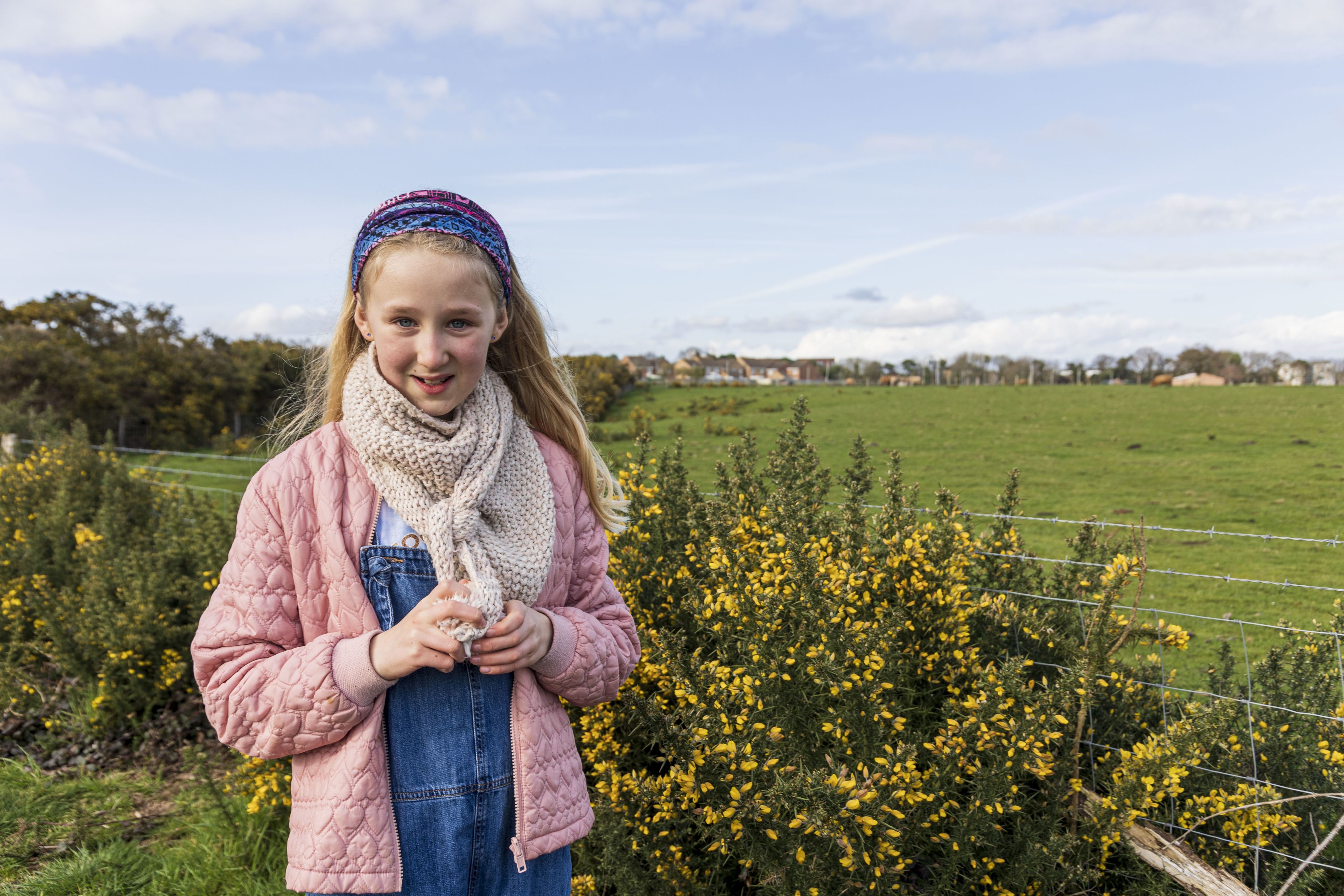

“I would be absolutely devastated if it got built over. I probably wouldn't want to go to school and I'd just be crying all the time. We can see the cows when they’re in the field from our kitchen and bedroom windows. That view would be absolutely destroyed,” said Anya.
“We would literally do anything; I think a lot of people think that we're fighting giants and that it's a bit hopeless… I want to be able to tell her when she's older that I did everything I could to stop it. Because otherwise, if they build it, then I'm going to feel like I've let her down.”

NICK DOBBS

Nick Dobbs led a group of literature students hoping to write poetry inspired by lush greenery into the serene paths of Talbot Heath on a Monday afternoon. Nick walked ahead as his colleague talked to the students and patiently waited upon returning. He then explained that the Heath is a habitat for five out of the six native species of reptiles in the UK, and revealed a pair of slow worms he had been holding in his hands to the surprise of everyone around.
As a wildlife enthusiast and licensed herpetologist, he has been volunteering his time to survey Talbot Heath and Highmoor Farm since 2014 and has recorded over 3,500 reptiles, 182 notable birds, and 113 bats recordings.
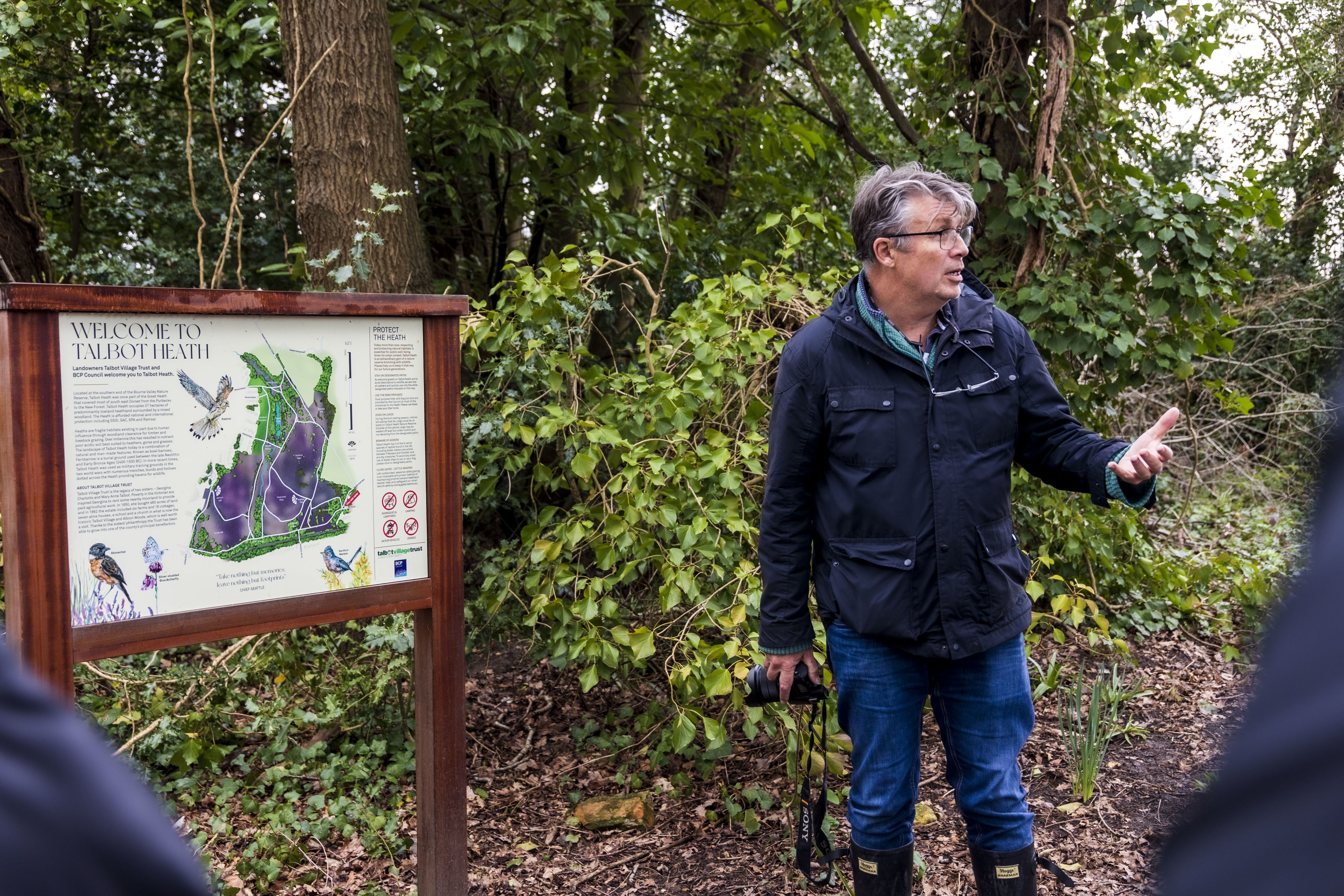

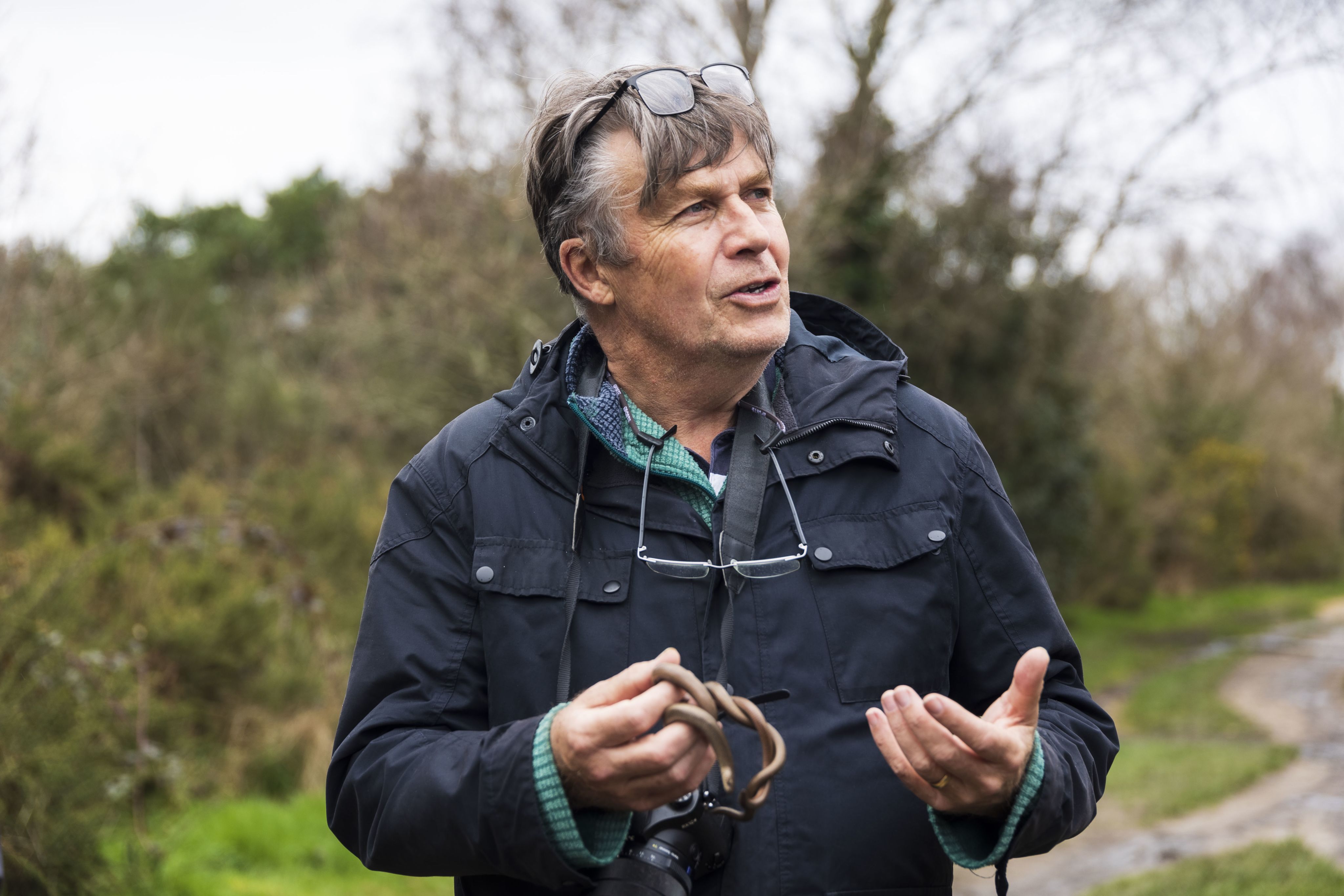




Nick Dobbs holds a pair of slow worms
Nick Dobbs holds a pair of slow worms
“I only discovered Talbot Heath in 2014. I was having a bad day in the office. I shut my laptop and took a walk; I saw a creature that I'd never seen before called a sand lizard. Ten minutes later, I saw an adder. I thought to myself ‘now this is a special place’ and instantly fell in love with it.”
Nick was invited to join the Preserve Talbot Heath Facebook group in 2016 and has been a vocal critic of the development plans on Highmoor Farms since its conception. He frequently talks of how the ecological surveys he has conducted show that the grounds of Highmoor farms are "functionally linked"- serving as a foraging ground for the migratory nightjar, badgers, deer, and several other amphibious and bird species of the Heath.
“When I joined [the Facebook group] in 2016, there were about 163 members. We now have over 2000 members, which is indicative of the fact that there's a public wanderlust out there too, and people want to protect our natural capital assets.”
“The simple joy of walking in a natural space and seeing something you’ve never seen before and walking into a woodland forest and hearing bird sounds. These are different sounds and different feelings, the impact it has on us is innate and is part of us. You walk away from a place like this and always end up feeling better.”
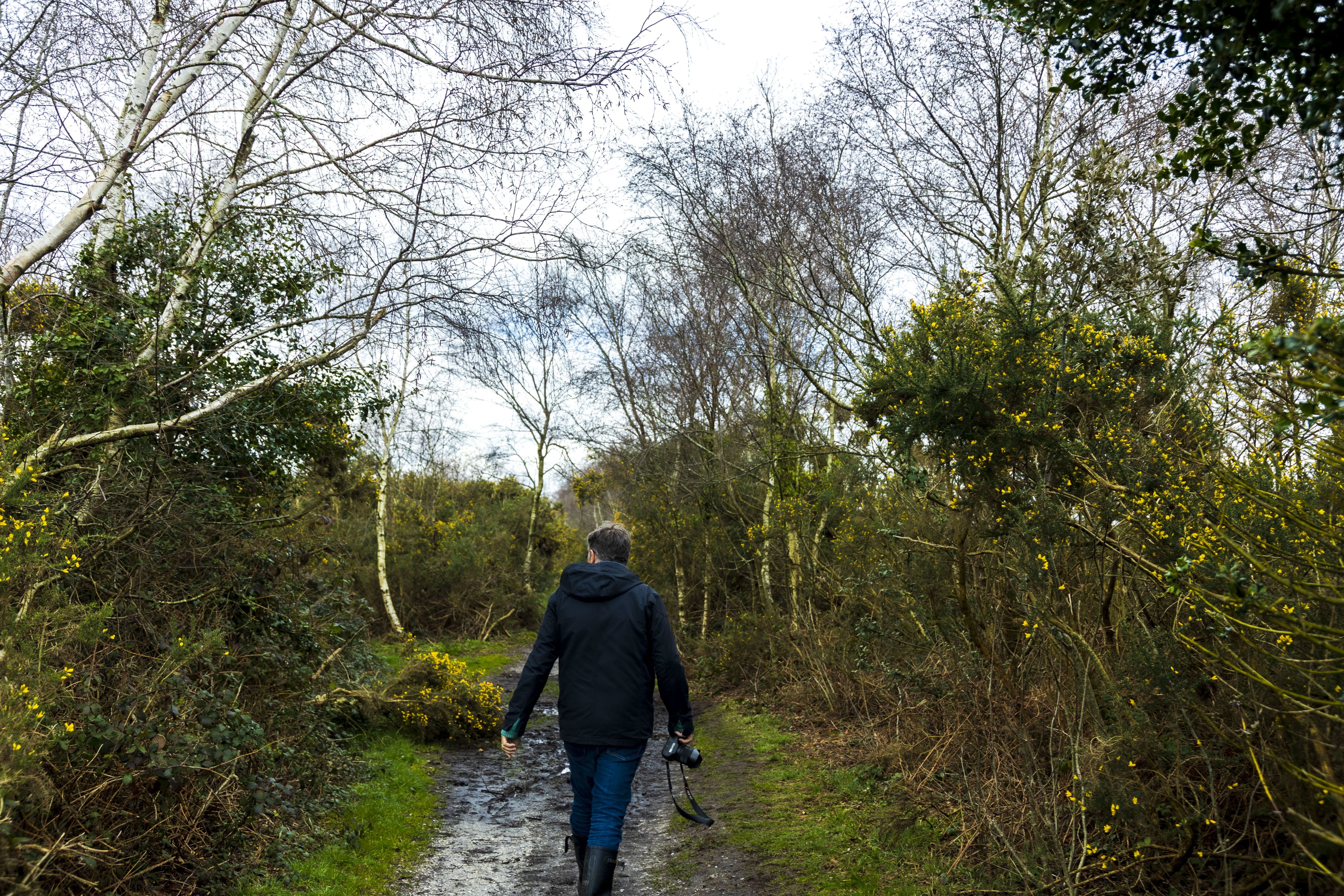
According to the planning commission, the new development will also include 12 hectares of grazing land that will be used to create a Heathland Support Area (HSA) and it would be “an alternative area for recreation to divert pressures off the heath, as well as space to support the heath through biodiversity gains."
“We can't trade it because if accessibility to nature on our doorsteps is denied, then public well-being by association will go. Not everybody can afford to take an exotic holiday. There is an argument to say that conservation now is best served on your own doorstep. We can watch a David Attenborough programme of a sperm whale eating a plastic bucket in the Indian Ocean, but you and I can't affect change on that. What we can do is affect change on our doorsteps.”
Nick is concerned about a worrying trend of generational amnesia when it comes to knowledge of nature, as the older generation has not passed down this knowledge to the people who are now decision-makers. Their disconnect, he says, can result in decisions that do not consider the impact on nature.
“There are many people like me who feel that our generation has taken too much from this planet. And we're not leaving a particularly good legacy for those who come after us, for your children in the future. You see around the UK, these fights are happening everywhere now, and it's important because these fights are the things that will actually change things. I don't like the fact that decisions are being taken out of our hands and covered in all this policy. It's fundamentally designed to fail nature.”
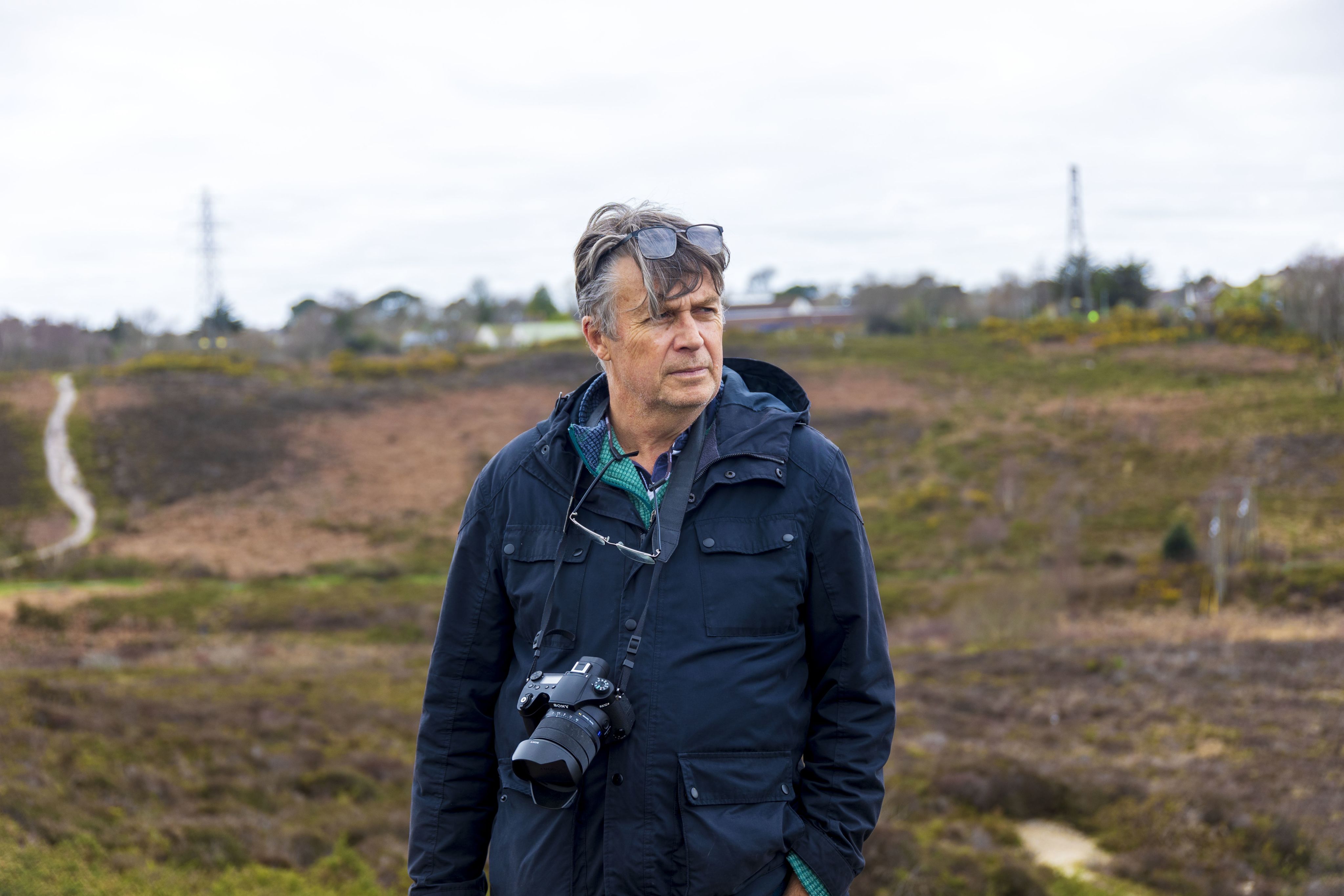
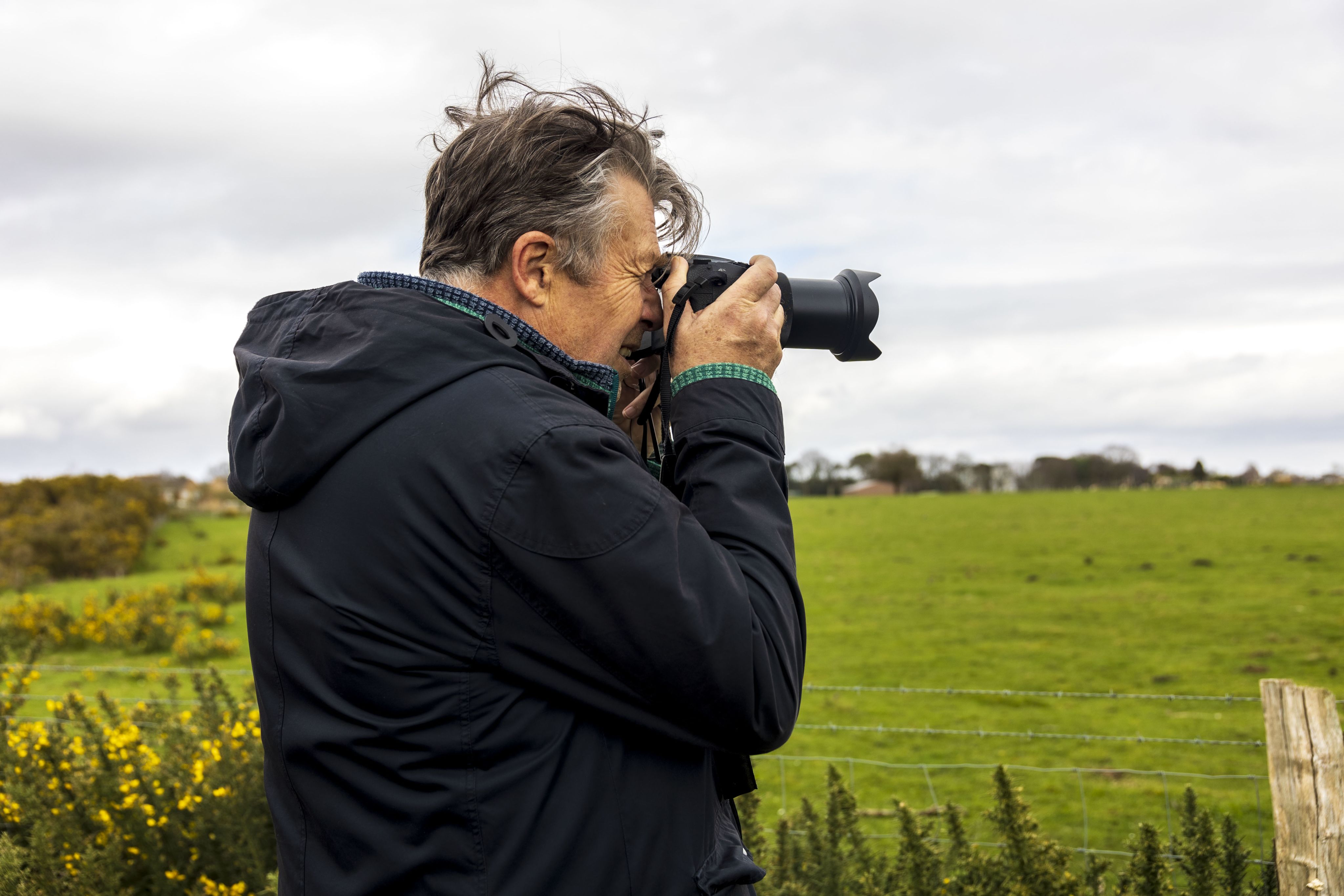
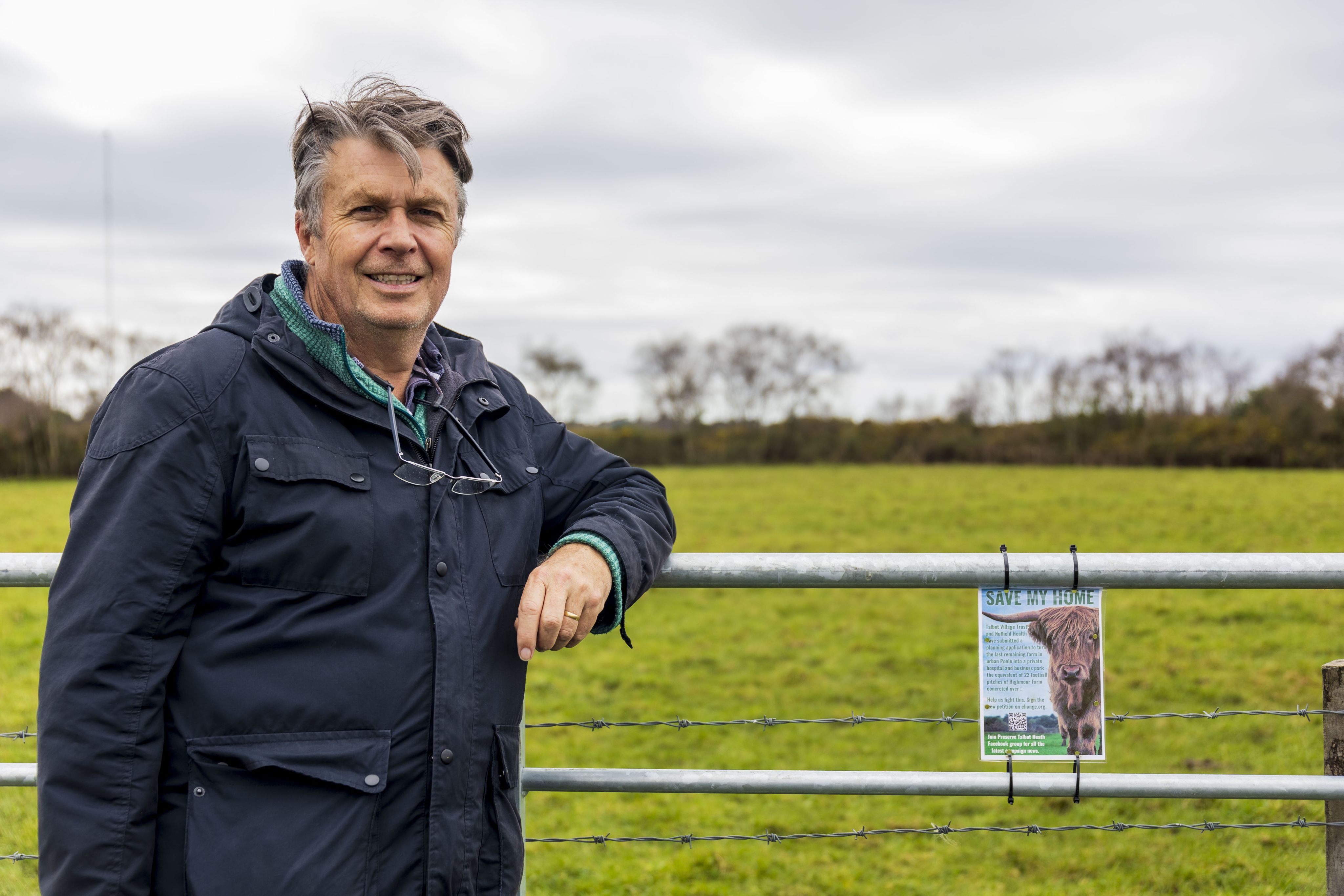
KATHY MOORE
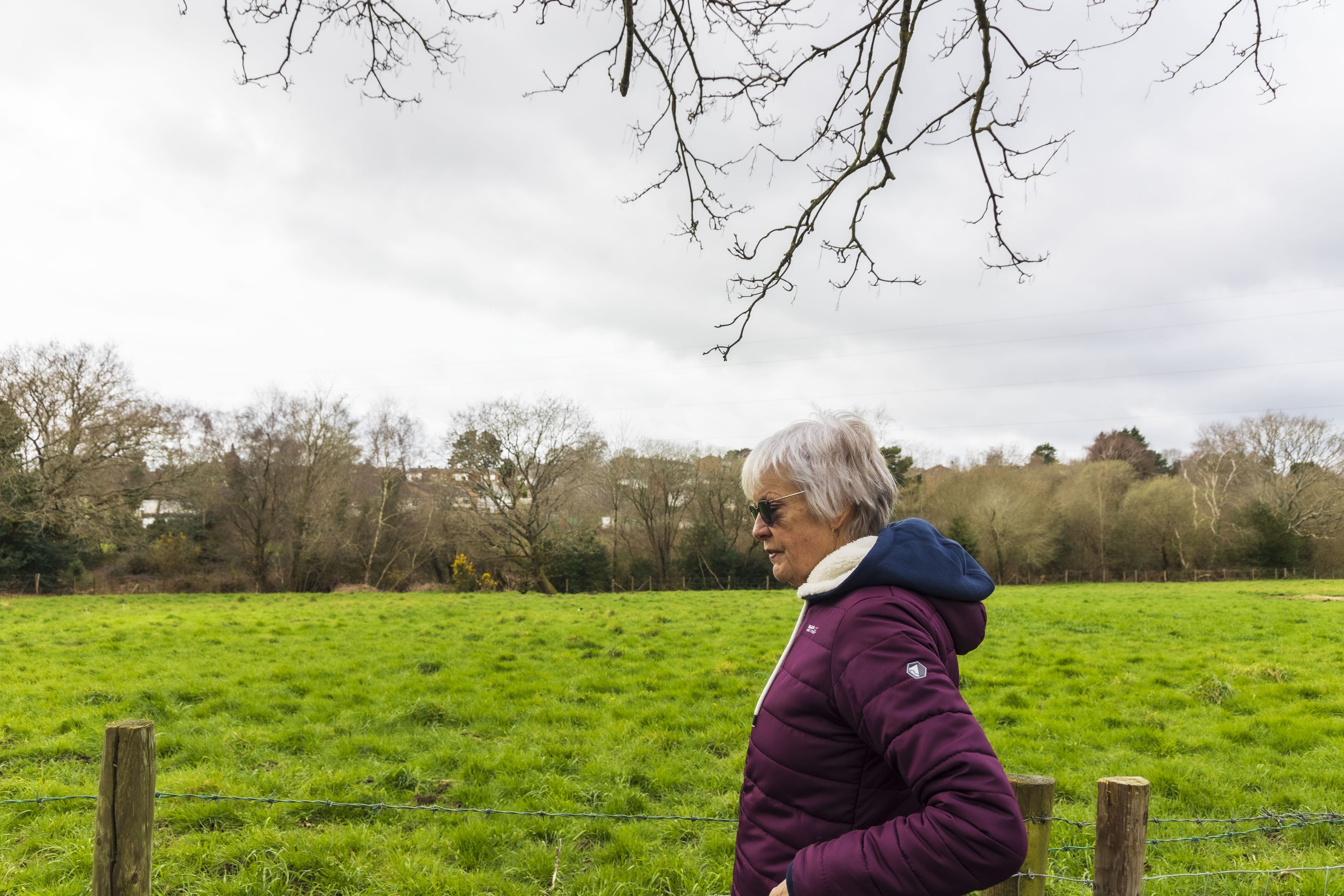
Forced to discontinue their road trips to far-flung beautiful destinations, Kathy Moore and her husband, Kevin, decided to explore the local area and were pleasantly surprised to discover a gateway to Talbot Heath. Despite living just next door from the Talbot Heath since 2000, the couple only stumbled upon it during the COVID-19 lockdown. Spending hours wandering, chatting with other visitors, and enjoying the river that runs through it, Kathy felt truly grateful that she doesn’t have to drive for hours to find a serene spot. Simply stepping outside the front door, she is surrounded by the tranquil beauty of the heath and farm in fifteen minutes.
“One of the things I love most about Talbot Heath is the sense of community it fosters. I've had so many wonderful encounters with people while out walking, striking up conversations with strangers who share a love for this beautiful spot. Sometimes we chat for a few minutes, and then continue on our separate ways, never to cross paths again. Other times, we recognise each other's dogs and share a laugh or a joke before moving on. It's these little moments of connection that make living in this city feel less isolating.”
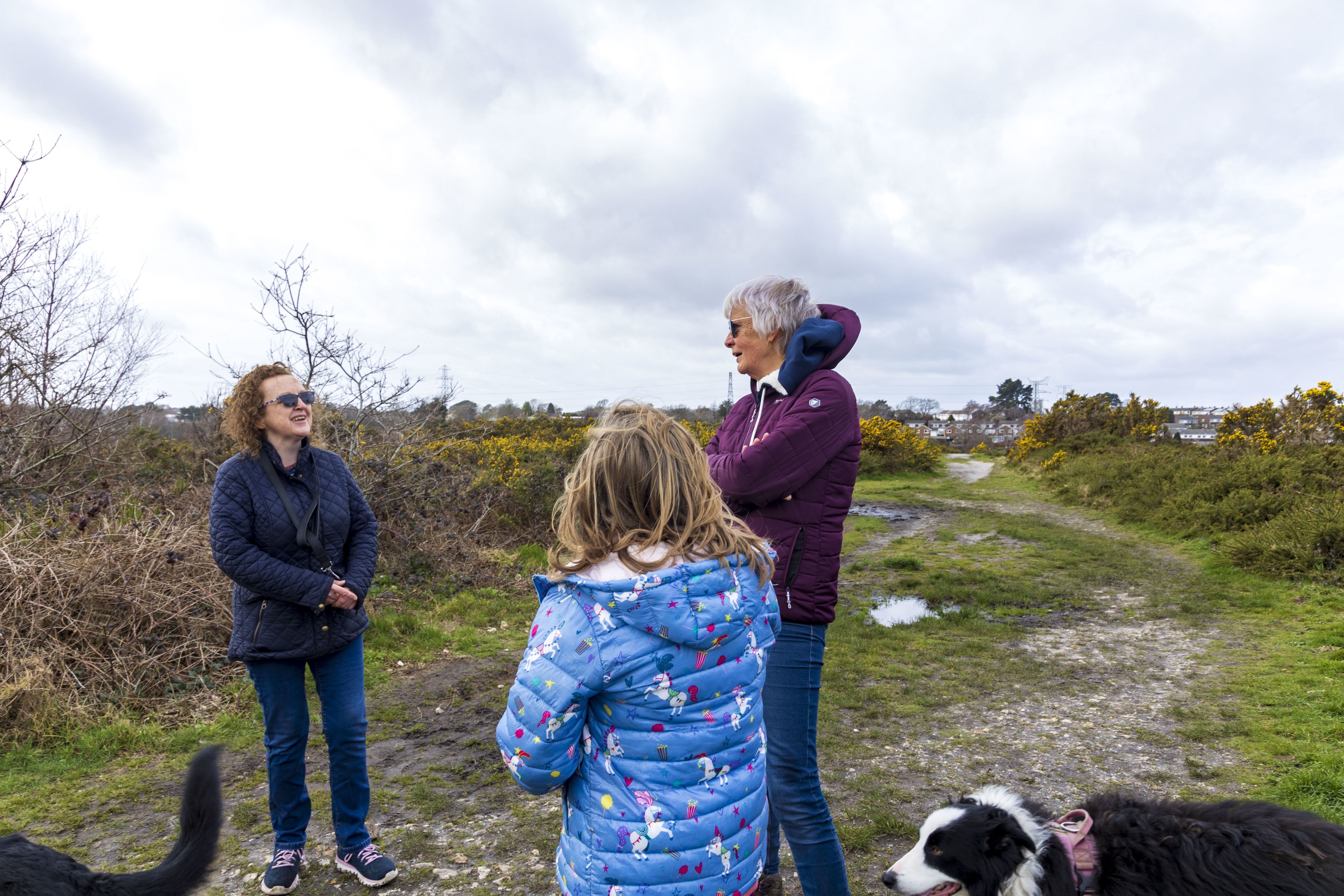
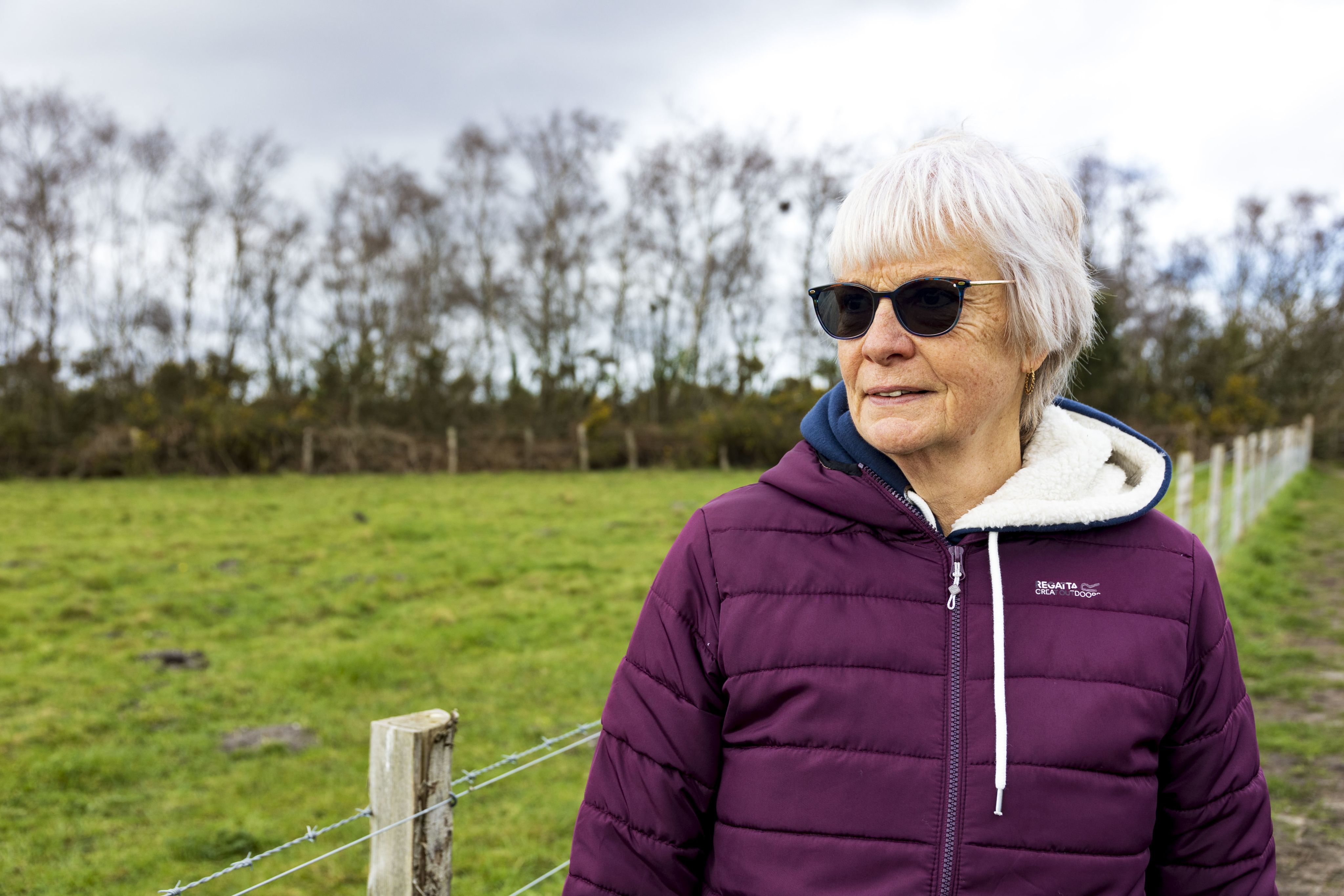


In Kathy’s search to learn more about Talbot Heath and connect to the community, she turned to social media and joined the Talbot Heath Facebook page. It was there that she stumbled upon a full planning application introduced by Talbot Village Trust and Nuffield Hospital. Rather than sit idly by, Kathy took action and volunteered to coordinate leaflet drops across the areas, working with a team of dedicated volunteers to deliver over 7,500 leaflets from Highmoor Farm to all the way to Westbourne. Her efforts helped to raise awareness and boost support to stand together in this fight to preserve their cherished land.
Kathy is deeply invested in preserving Highmoor Farm and its connection to Talbot Heath. She recognises the crucial role that Highmoor Farm plays in supporting the diverse wildlife that calls the heath home. With reptiles, birds, and other animals depending on the interdependent ecosystem of the farm and the heath, Kathy is concerned that the loss of one could have ripple effects on the other. For her, protecting Highmoor Farm isn't just about preserving a piece of land, but about safeguarding the delicate balance of nature that sustains both the farm and the heath.
"Every time I return to the heath and farm, I'm struck by how different it looks with each passing season. Whether it's the bursting colours of spring, the lush greenery of summer, or the stark beauty of winter, the place never fails to captivate and enchant.”
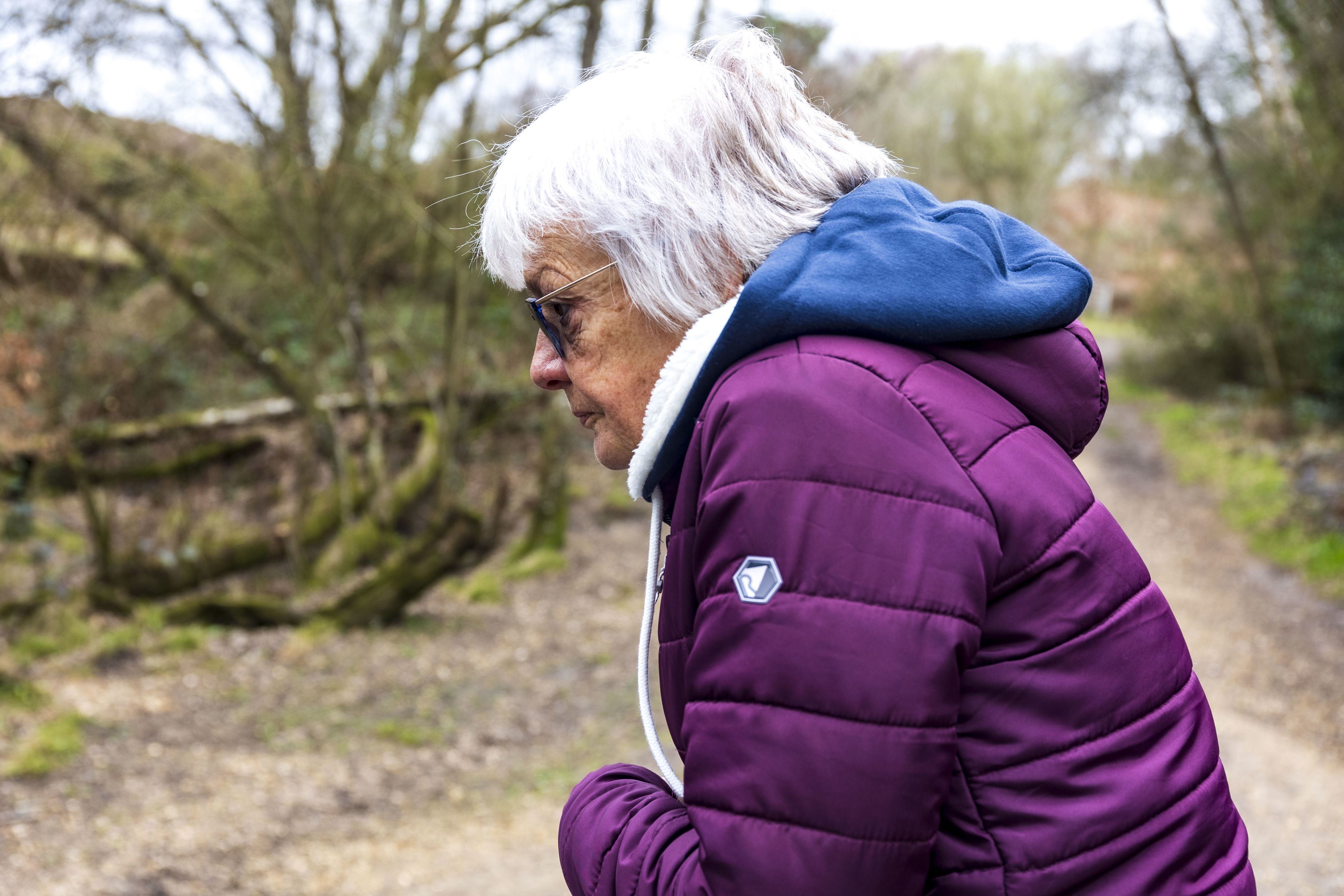
“But at the end, I mean if the plan does go ahead, at least we can all say that we tried. We didn't just sit there and say, oh, we're against this and we hope they don't develop it. We have done everything in our power to try and stop it."

DANIEL PARKIN

As the world retreated indoors during the lockdown, Talbot Heath remained a solace of hope and healing for Daniel Parkin's daughter, Lexi. Daniel accompanied her daughter to the walks amidst the meadows, admiring the calming pictures and snapshots of organic life, and smelling the fresh air, he found a place to create cherished memories with his daughter. From sun-kissed picnics to unending laughter, the heath has become a haven of happiness and shared experiences, where nature and his family spend time together.

Photo Credit: Daniel Parkin
Photo Credit: Daniel Parkin
“I saw the impact lockdown had on my two daughters, and even had some challenging moments myself. Whilst I found solace walking along the beach, and the sound and smell of the sea, our eldest daughter found open spaces to be her preference, such as the Heath. I imagine this to be the same for others as well. Green space is important for a lot of people.”
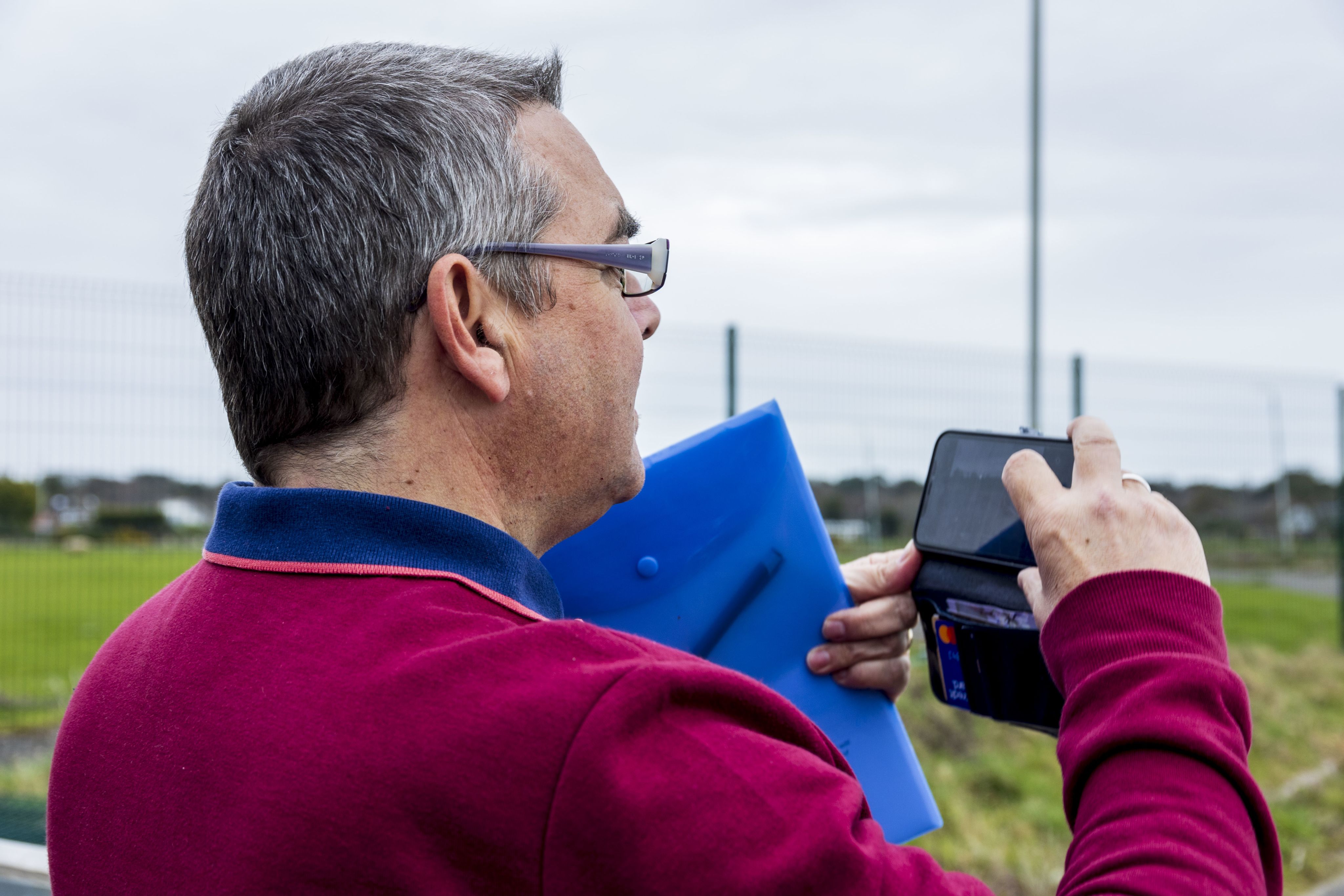
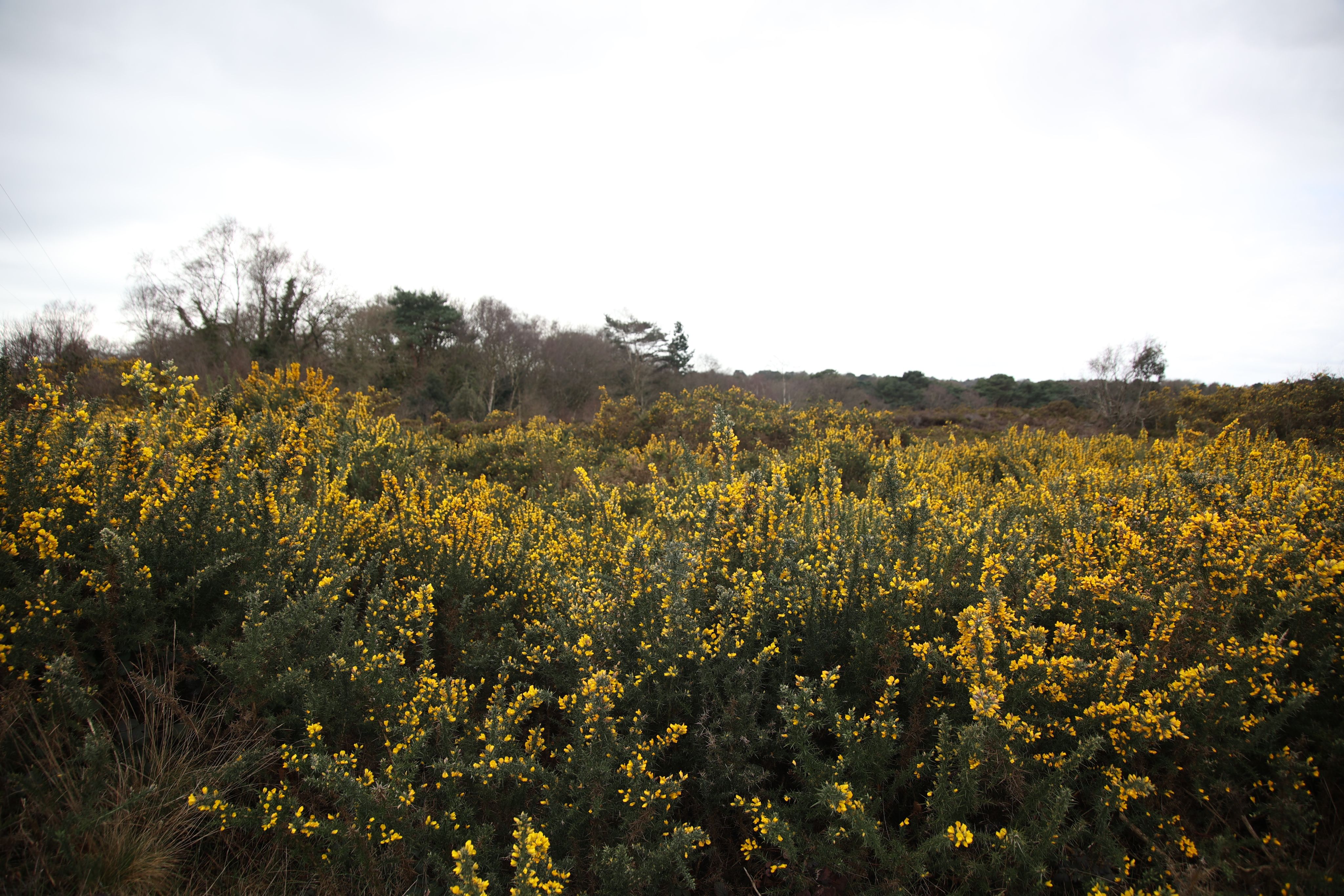
As a Financial advisor, Daniel was conflicted whether to support the Preserve Talbot Heath campaign or not. He had always felt a deep emotional connection to the place, having spent countless hours there with his daughter. However, as he delved deeper into the facts and figures, he realised that the situation was more intricate than he had initially thought.
On one hand, being a strong advocate for economic growth, he was excited about the potential employment opportunities that the new building would create for the youth in the Bournemouth area. However, researching more led him to know that the plans were not entirely favourable. He had concerns about the potential expansion of more buildings into the Heath, which could have negative consequences for the local ecosystem and wildlife. Moreover, Daniel was disappointed that the planners had not worked closely with the council to find alternative brownfield venues for the hospital and innovation park.
As someone who has closely witnessed the effects the natural space has had in reducing his daughter’s anxiety, Daniel added that maintaining green spaces is necessary for people like his daughter as credible research shows that being in regular contact with nature can promote better mental health.
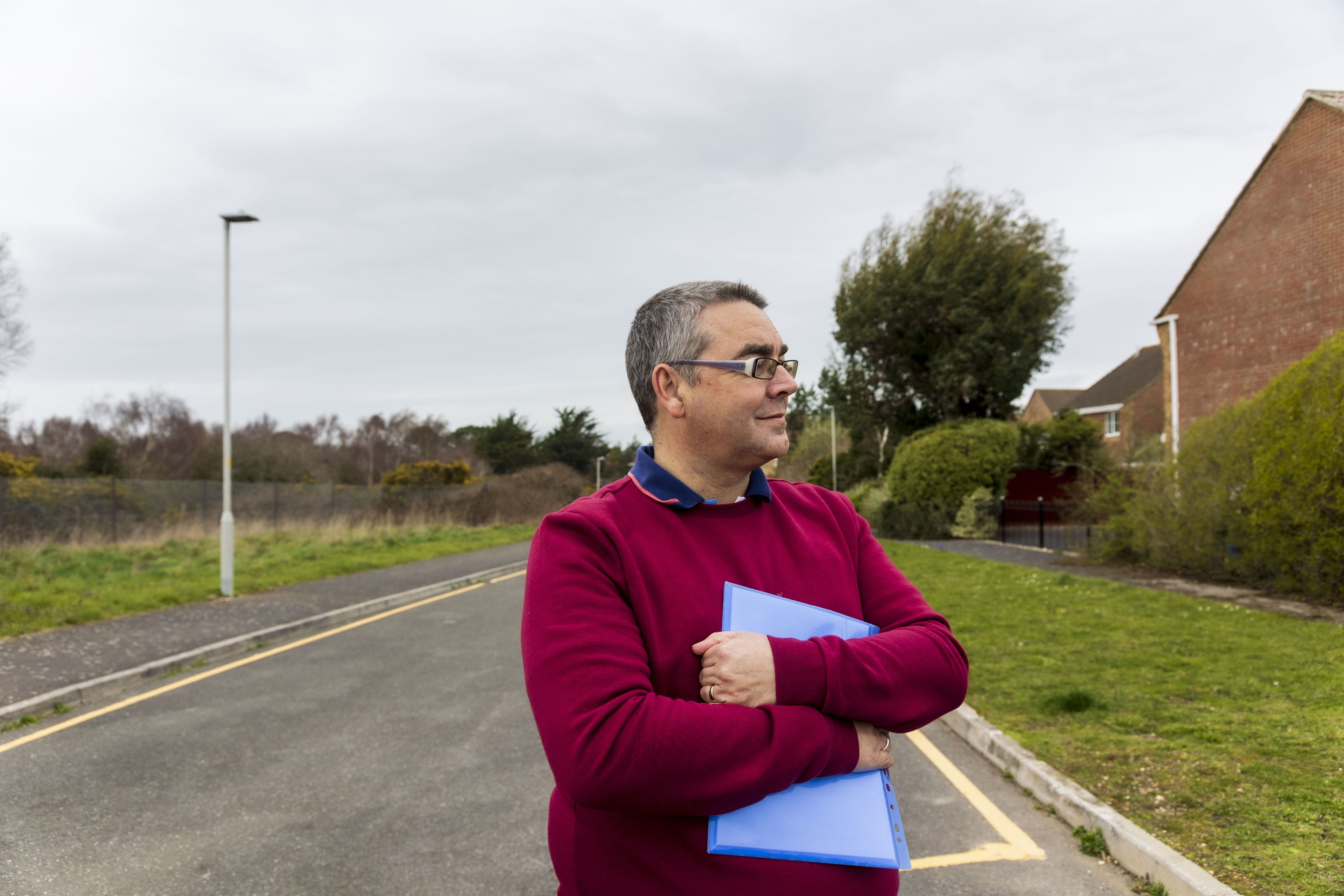
As nearly a third of Dorset's internationally important heathland is situated in the centre of urban dwelling areas, the story of Talbot Heath is not unusual.
With nearly half a million people living near the heathlands of Southeast Dorset- these ecologically sensitive areas are constantly under the threat of human activity.
The survival of the heathland species is dependent on similar community driven action, as unchecked developments can spell disastrous consequences for the health of our ecosystems.
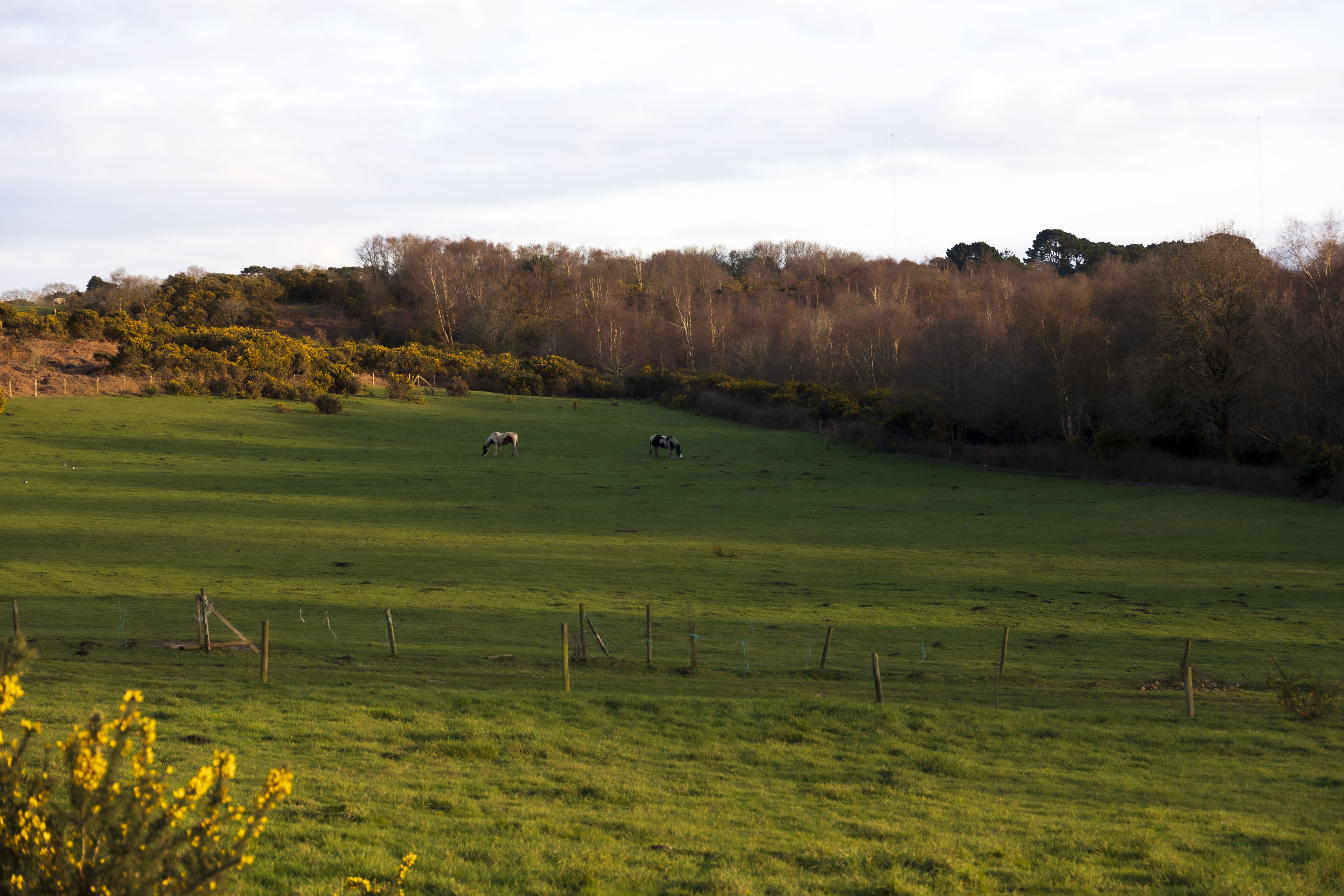
Since the publication of this article, BCP council's planning committee held a meeting to decide the fate of Highmoor Farm.
In an 8- 4 majority, councillors rejected plans to build over the farm against recommendations from the planning committee.
Dozens of residents who showed up in support rejoiced at the decision as the farm will now live to see another day.
